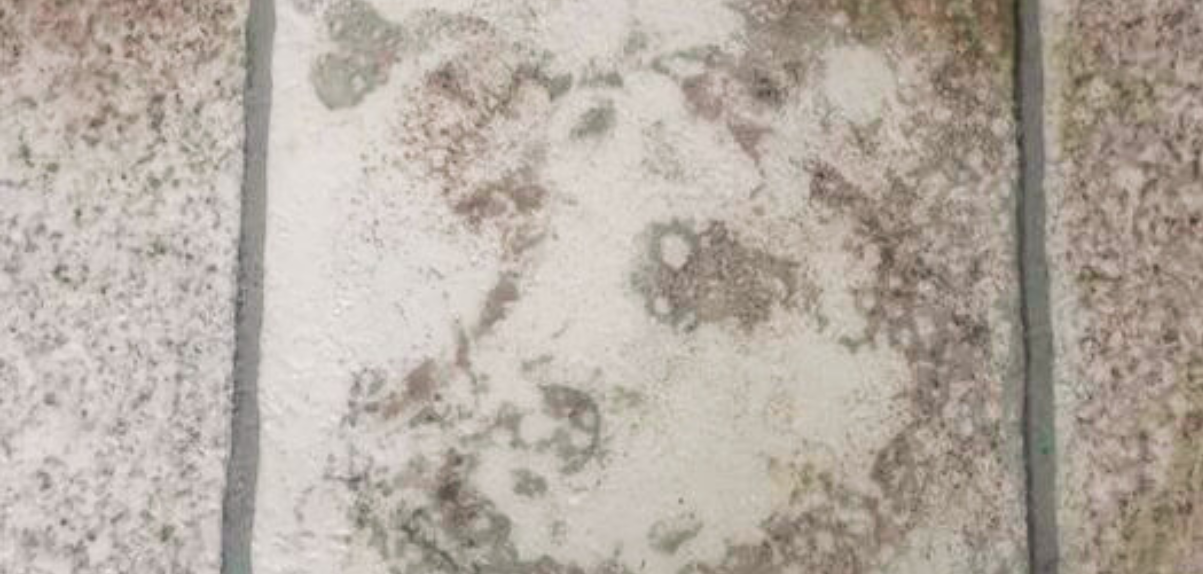What do you see: a couple dancing or a bowl of fruit?
The human mind is good at recognizing faces even when they aren’t there.
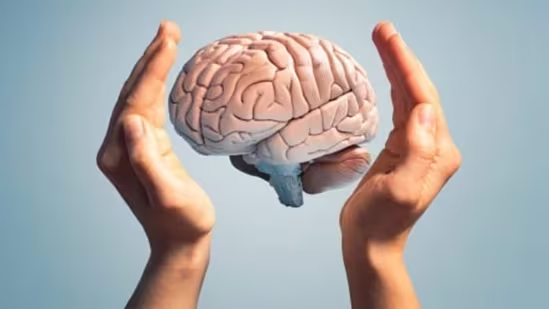
This ability to recognize faces stems from millions of years of evolution, during which the ability to identify and distinguish faces played a crucial role in establishing connections and facilitating social interactions between individuals within a community.
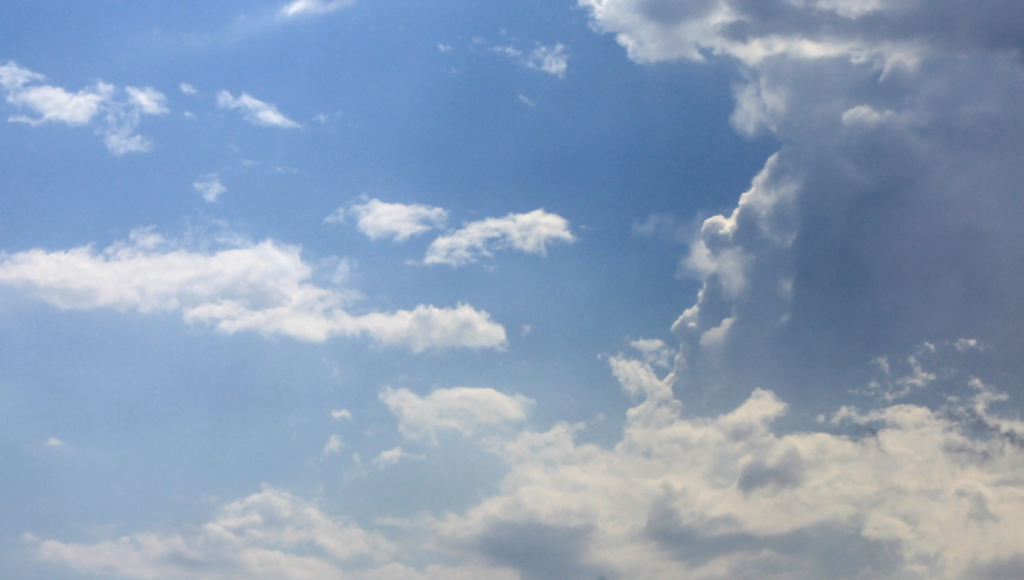
But in the modern world, where we are no longer confronted with challenging situations on a daily basis, this mechanism can lead to unique and often joyful perceptions of faces in the most mundane objects.
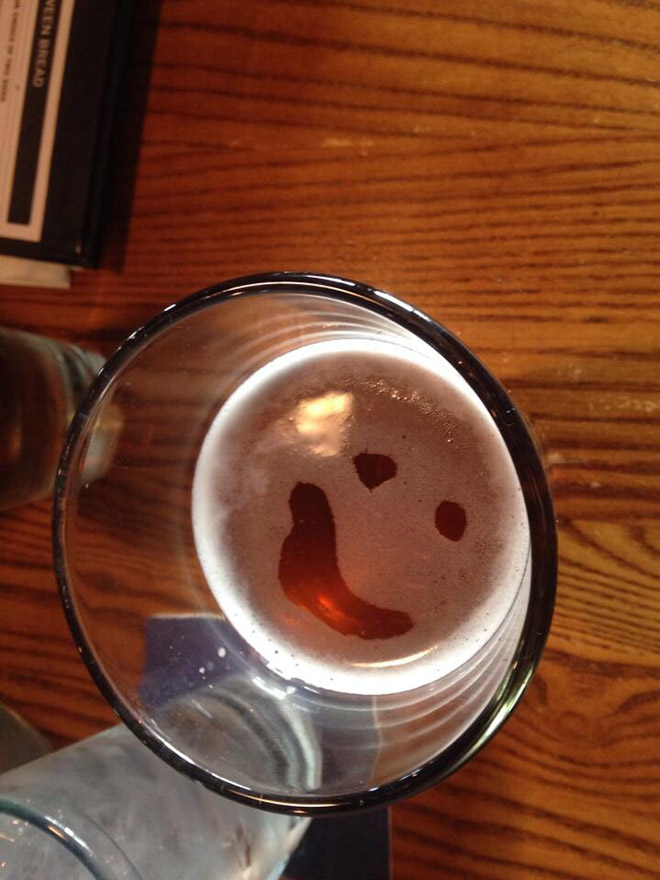
Content:
What is Pareidolia?
Pareidolia is seeing meaning in random things, such as a face in peeling paint on a wall.

It’s not a real face, but your brain makes the connection because we’re programmed to recognize faces quickly and efficiently.
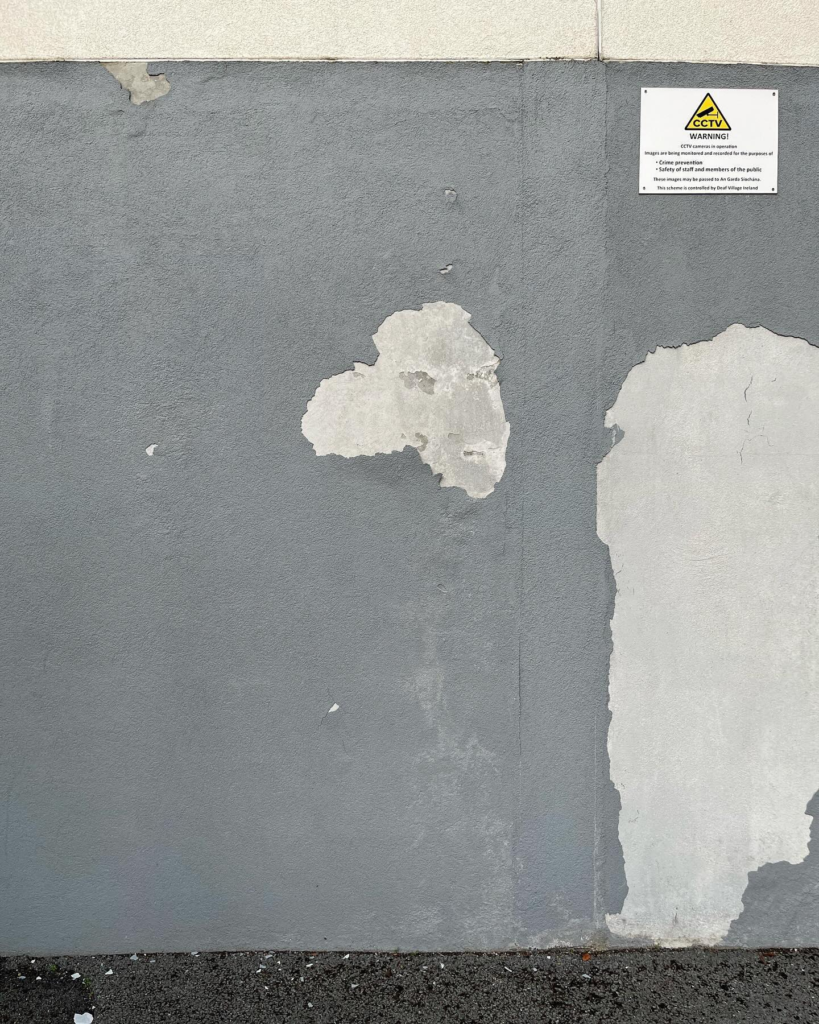
This is not only true for walls, but also for clouds, tiles and food. You’ve probably heard of people seeing a face in their morning toast or an animal in a cloud.
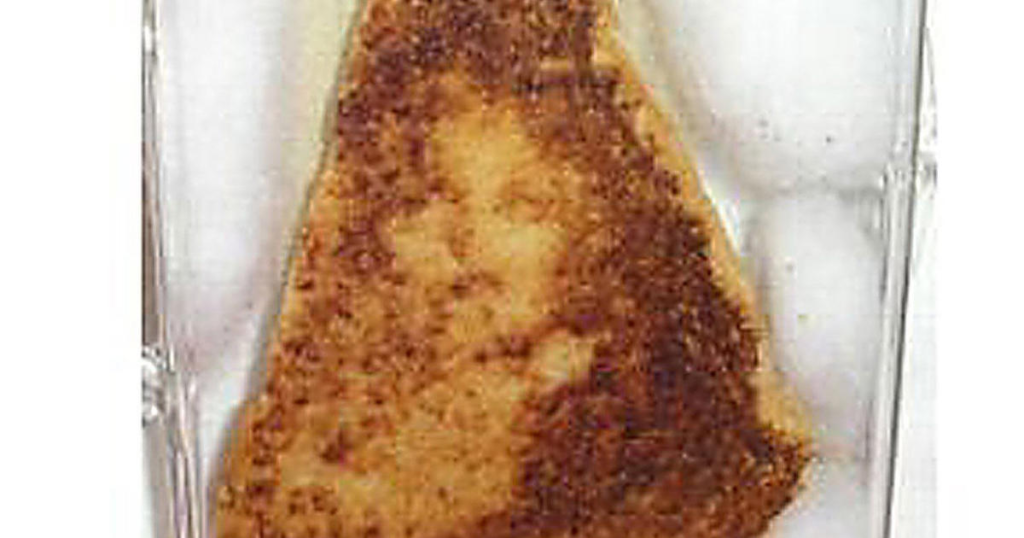
These observations are often funny or strange and say a lot about how our brains work.
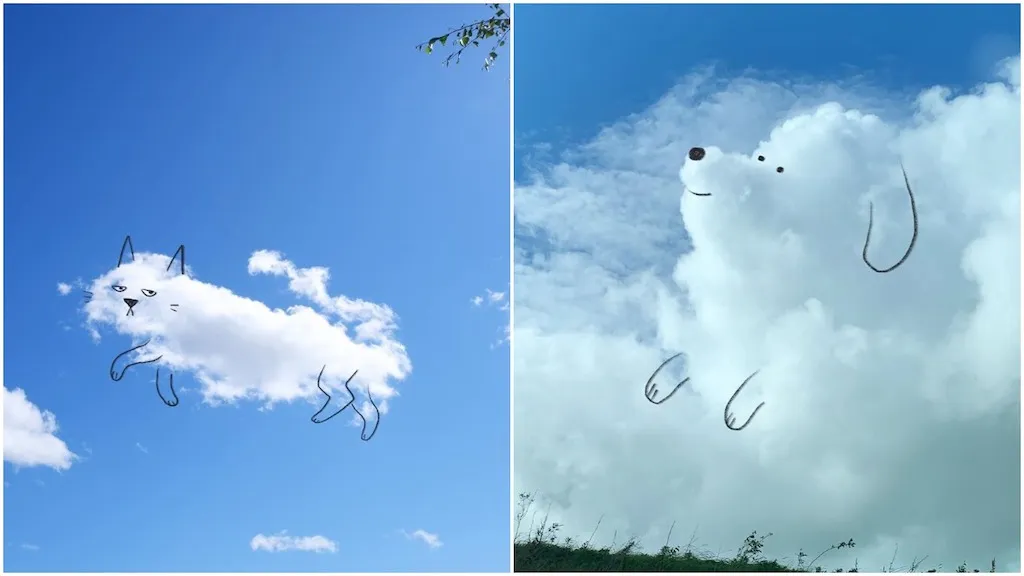
Faces are recognized most often because facial recognition is important in social interaction.
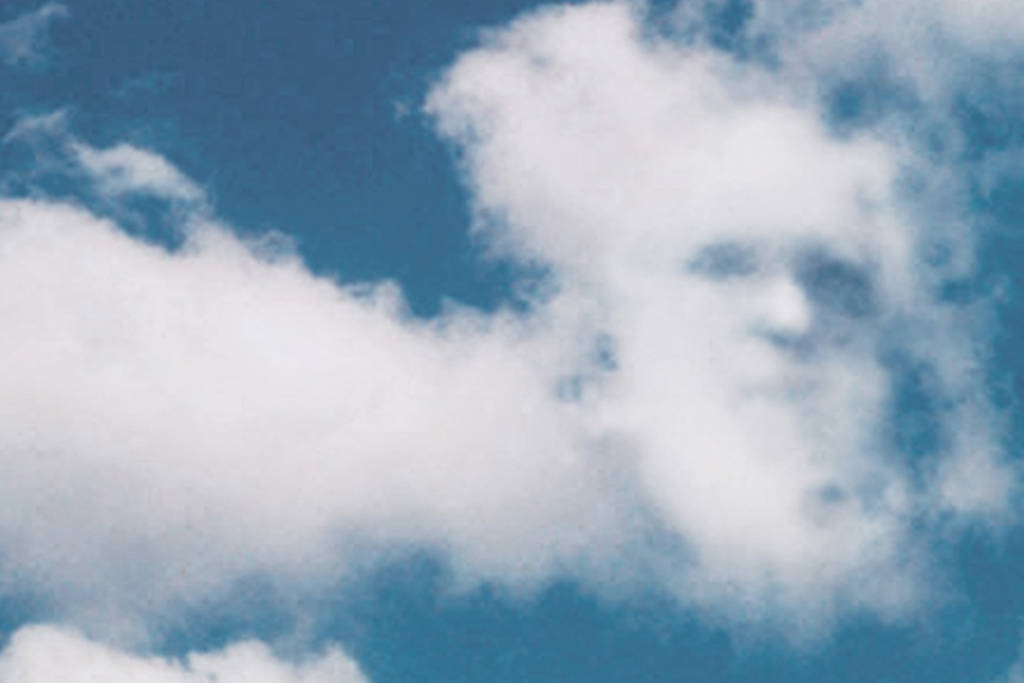
“Our ancestors had to be able to recognize faces from far away in order to identify acquaintances.”

This skill has helped us develop strong social bonds, which was essential in the development of human civilization.
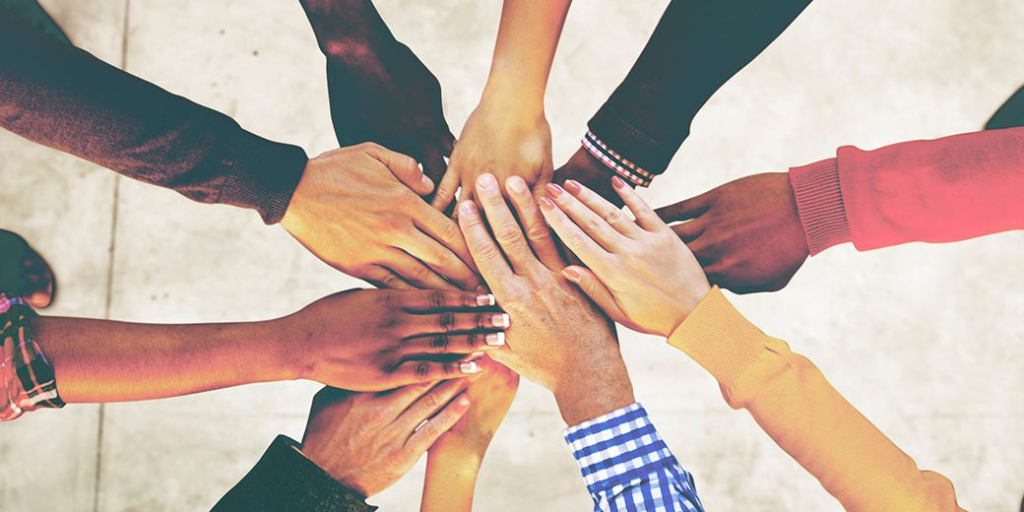
The brain is so good at recognizing faces that it sometimes sees faces that aren’t actually there – this is called pareidolia.
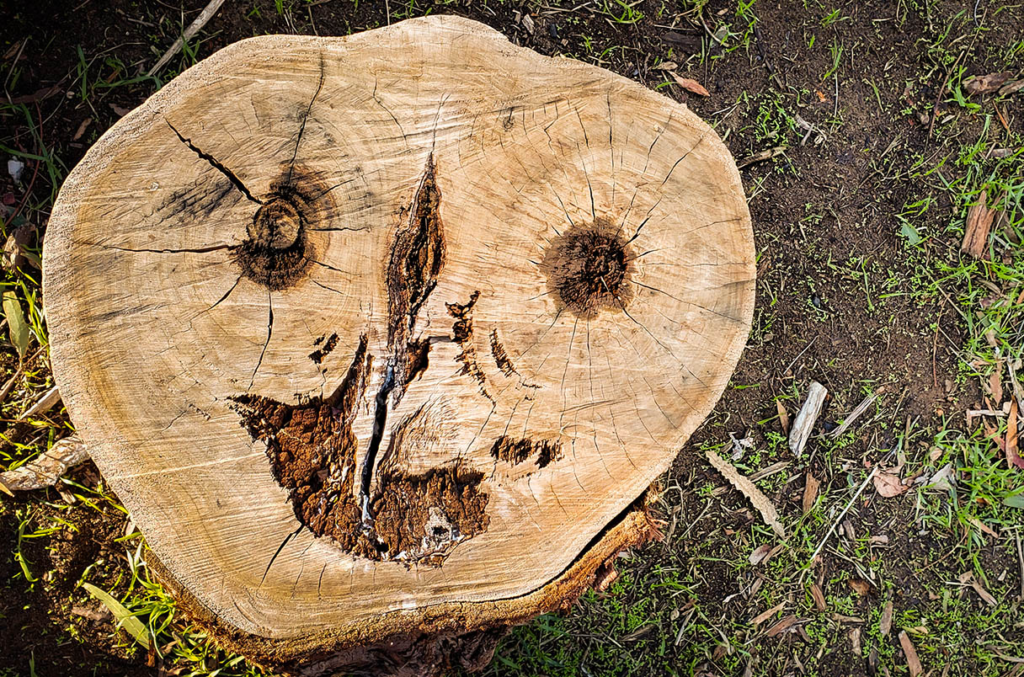
The Tile Face
Think of an old floor tile with a vague face looking at you.
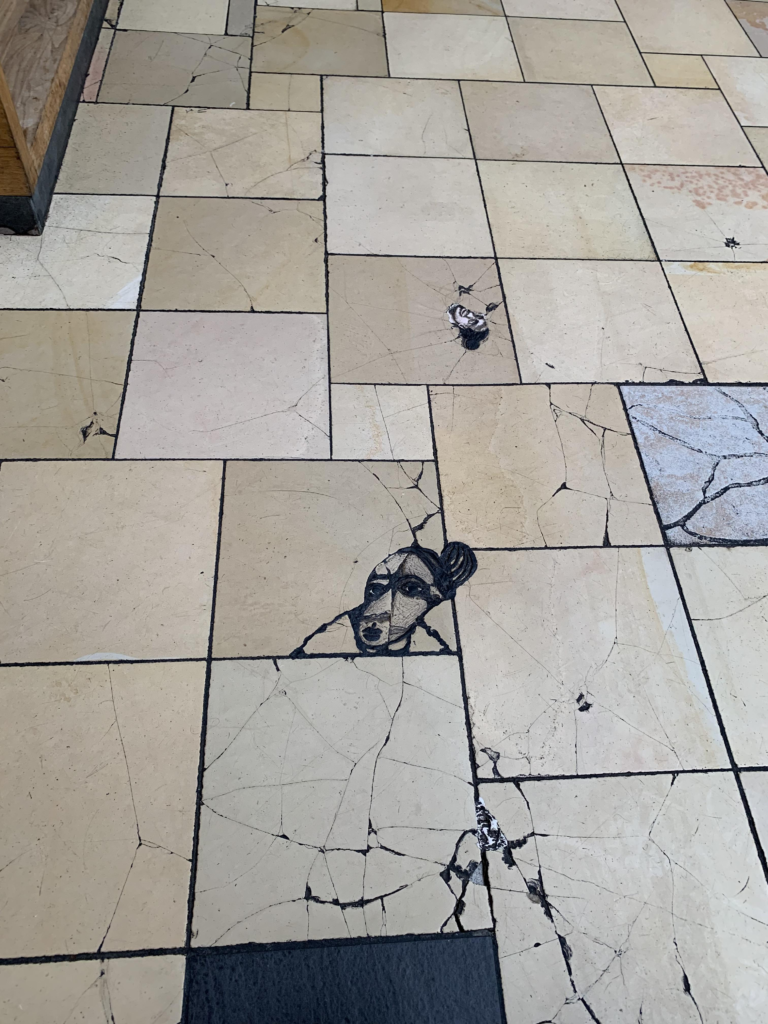
The wear of the tile can surprisingly form a face, making it appear as if there is a hidden person hiding inside.
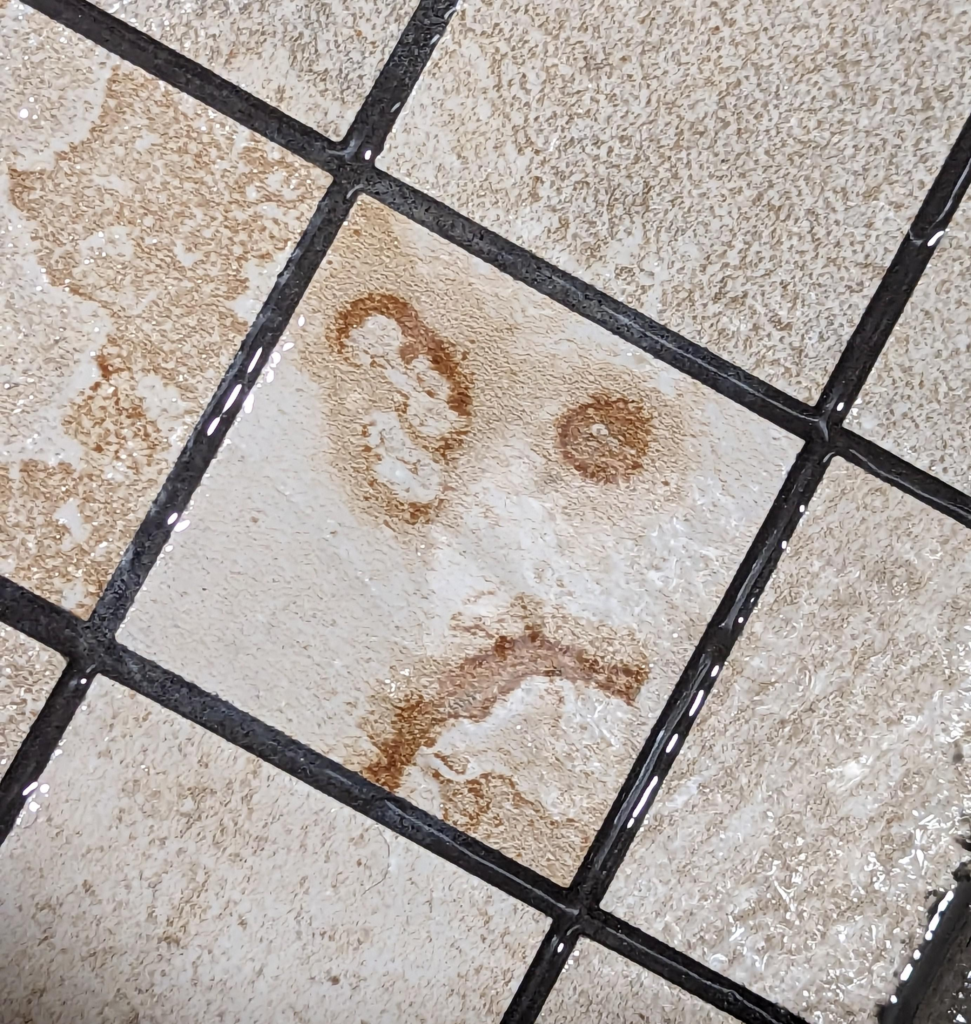
This example of pareidolia makes something simple, like a tiled floor, more interesting and perhaps even more mysterious.
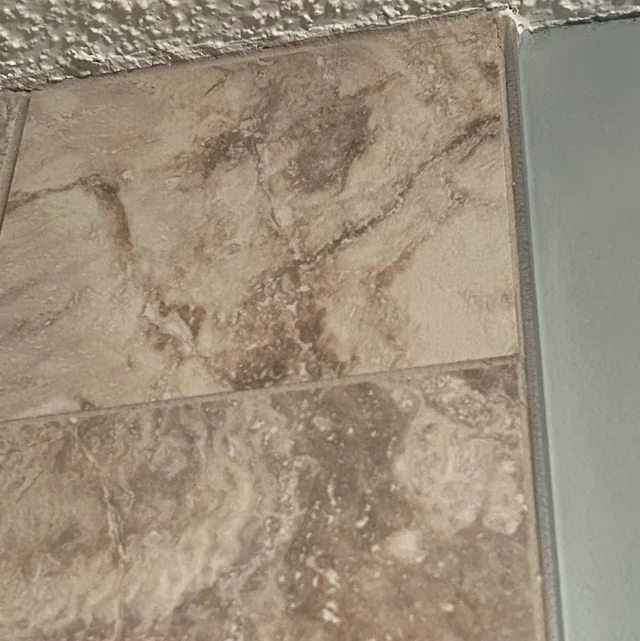
These kinds of observations can evoke a sense of wonder, as if the world around us comes alive in unexpected ways.
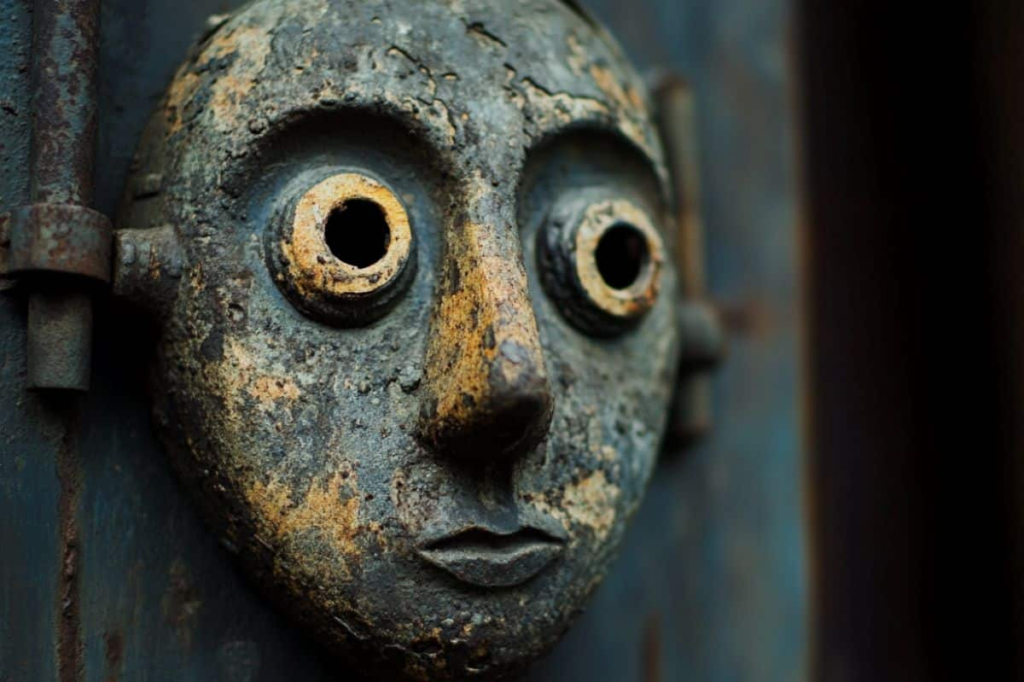
The face on the tile is not real, but it can evoke wonder and remind us that even inconspicuous objects can be special if we look closely.
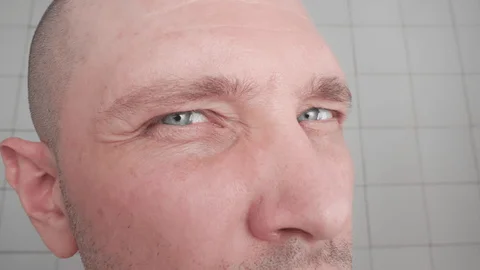
For some, these kinds of faces may inspire wonder, while others simply find them fun and amusing.
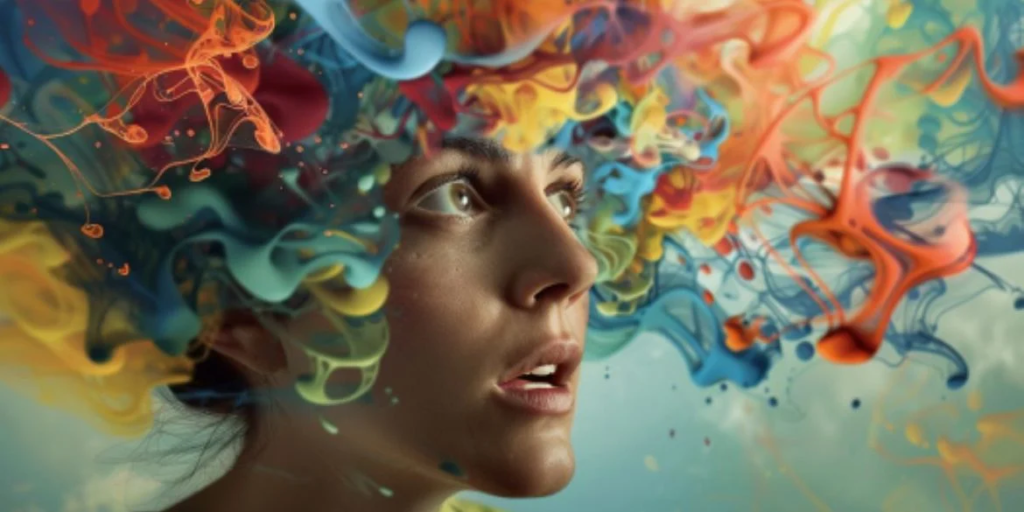
Faces in Objects
Seeing faces in inanimate objects is a common tendency, as our brains are constantly searching for patterns and meaning. Faces are easy to recognize and identify.
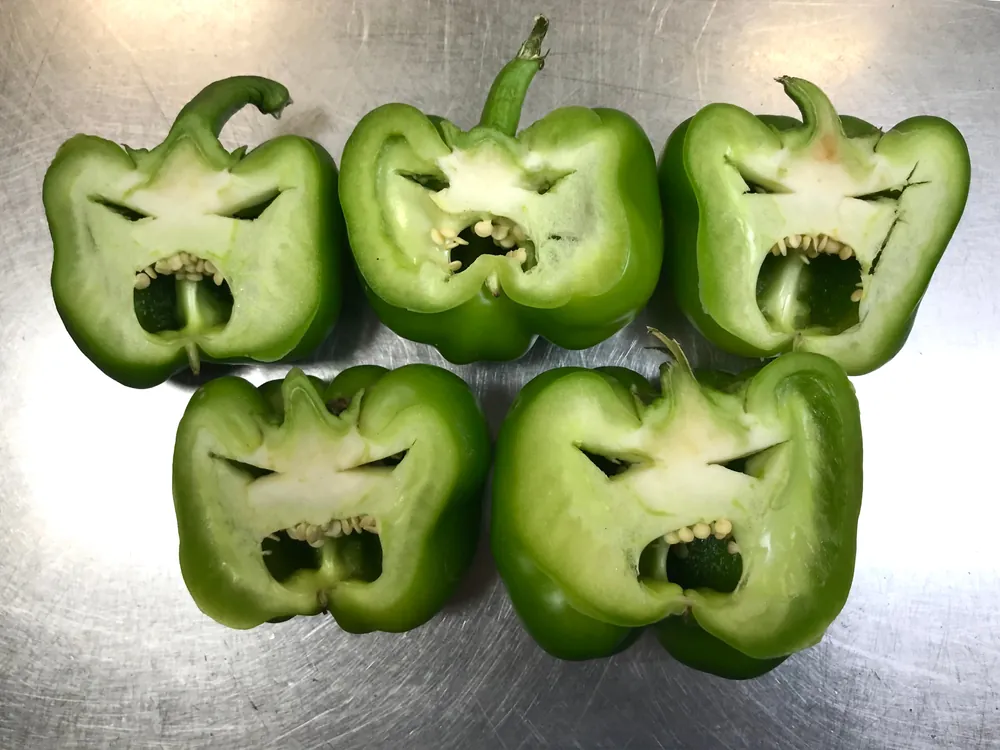
Our ancestors had the ability to connect, just like we do today.

Whether you see a face in a cloud, a pretzel, or a rock, these perceptions are the result of our programmed brains.
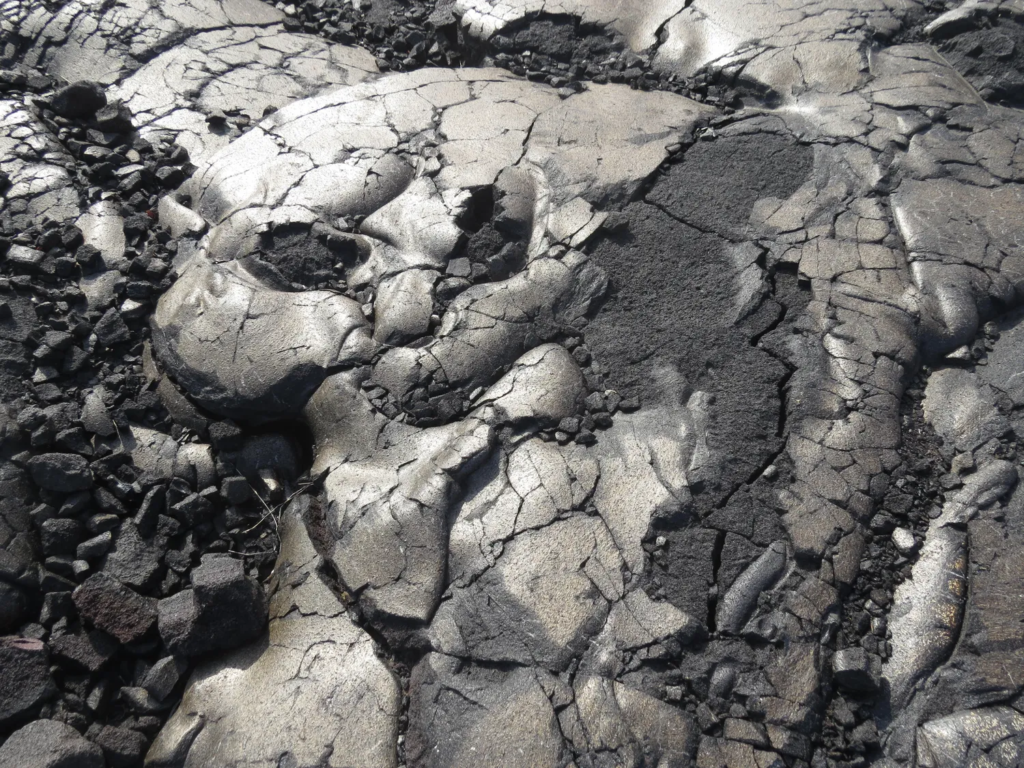
Researchers have discovered that the ability to recognize faces played a crucial role in our evolution as social beings.
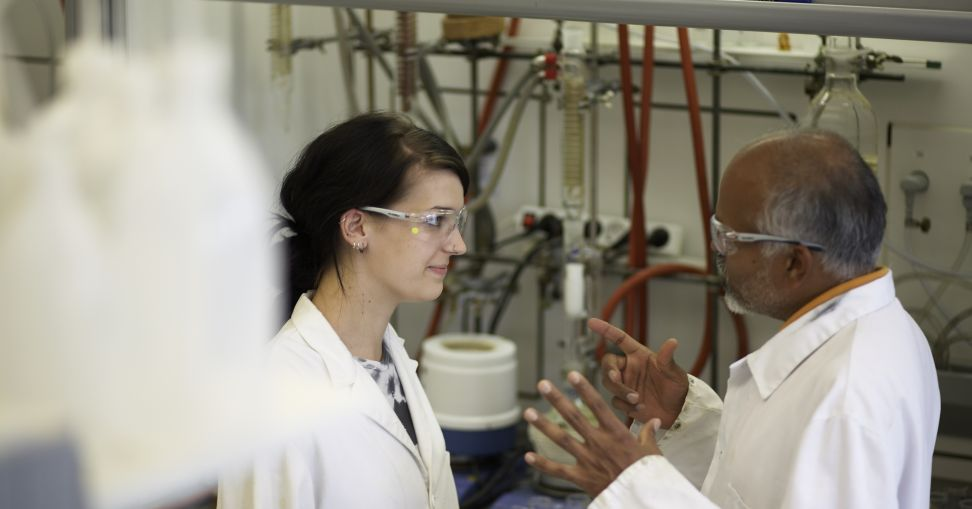
Reading facial expressions has helped build positive social bonds and societies.
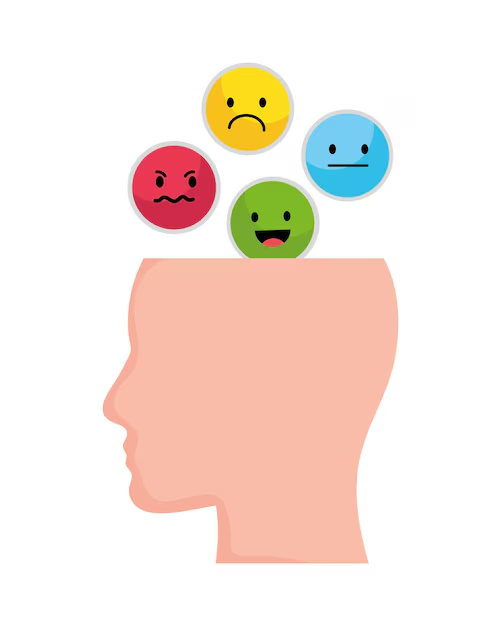
But like other evolutionary advantages, this skill can sometimes be over-excited and lead to pareidolia – seeing faces where there aren’t really any.

The Creative Power
Besides its scientific and evolutionary roots, pareidolia also has an artistic side.
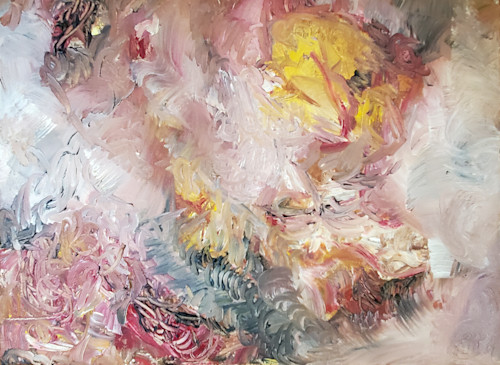
Many artists have been inspired by this phenomenon to create creative work that challenges viewers to look beyond the obvious.
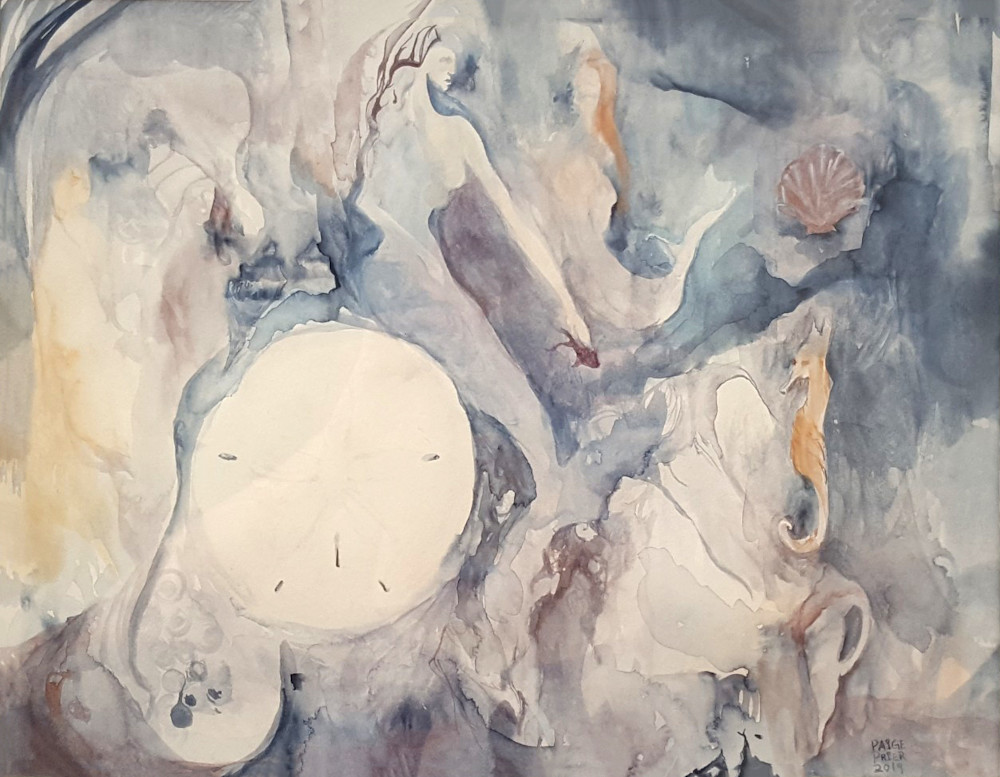
By actively seeking out hidden faces and figures in everyday objects, we open our eyes to an infinite source of inspiration in the world around us.

We must be alert and see beauty in the smallest details of everyday life.
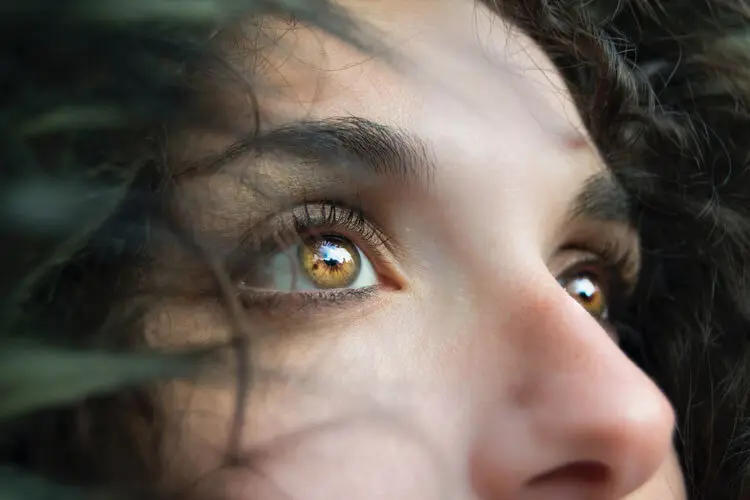
The aforementioned face on the tile, which has been so beautifully created by wear and time, can be considered a perfect example of natural art – an accidental masterpiece that has stood the test of time.
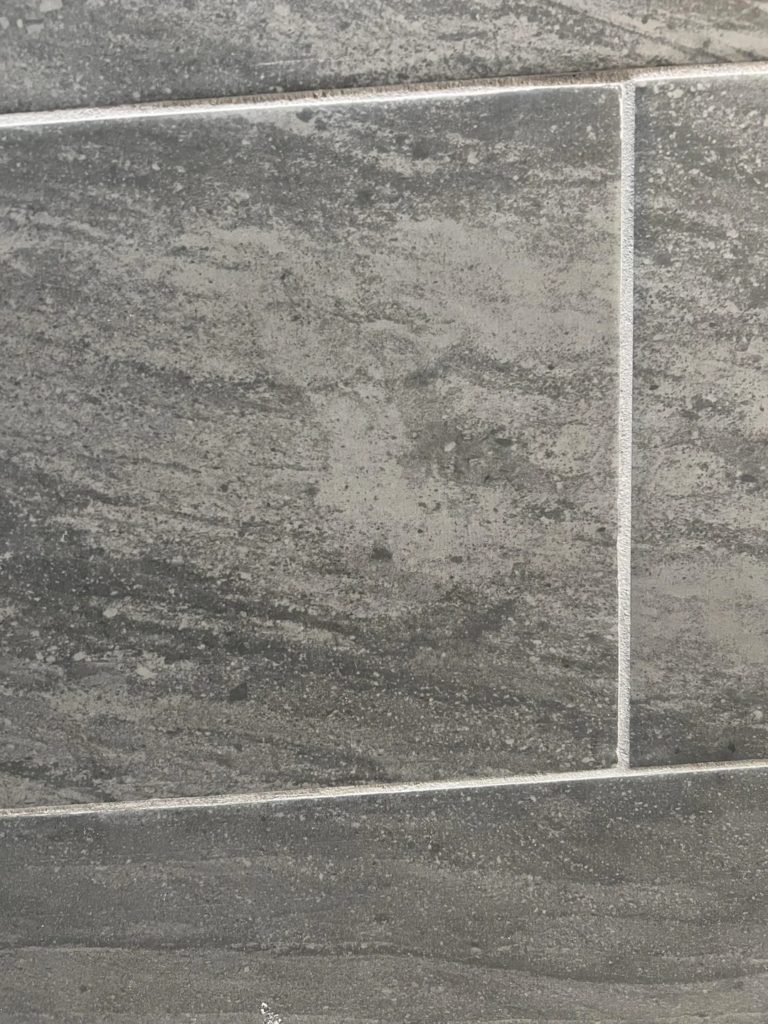
This face reminds us that art does not always have to be made by human hands; sometimes nature itself offers the most surprising creations that leave us in awe of the inimitable talent and stunning beauty that mother nature has to offer.
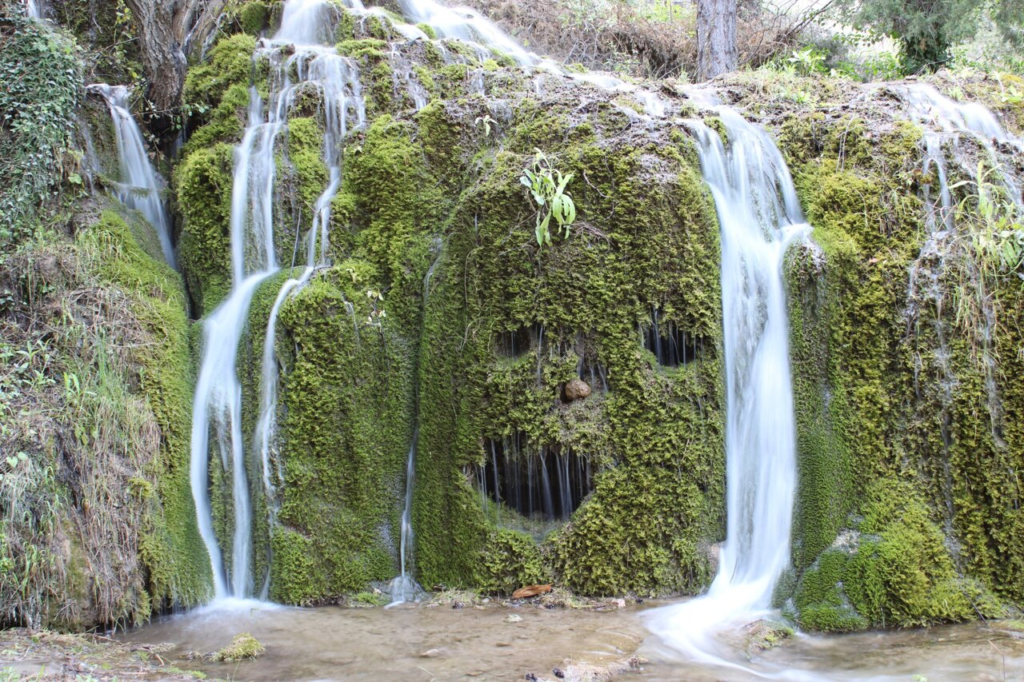
Seeing faces like these in random objects can remind us that beauty can be found everywhere, even in the most unlikely places where we wouldn’t expect it. It opens our eyes to the wonders and hidden gems that lie hidden in the world around us, and reminds us that even in the mundane, there is beauty if we are open to seeing it.
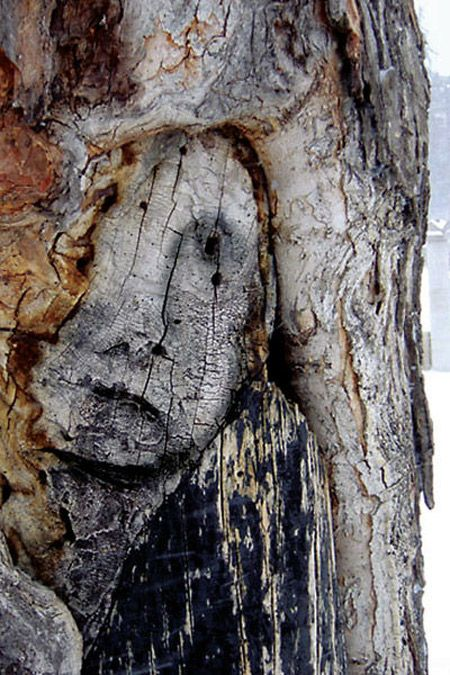
Perception Of The World
Recognizing faces and figures in patterns emphasizes our ability to create meaning.
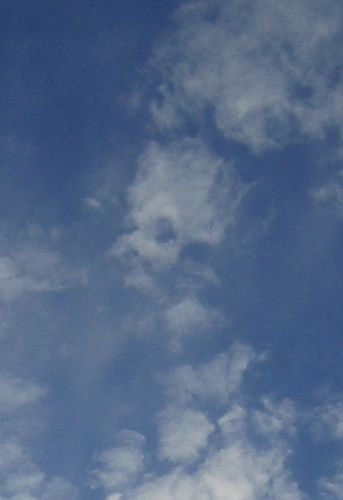
Our brains are constantly interpreting and understanding the world. Pareidolia is an illustration of how our brains make sense of the world.
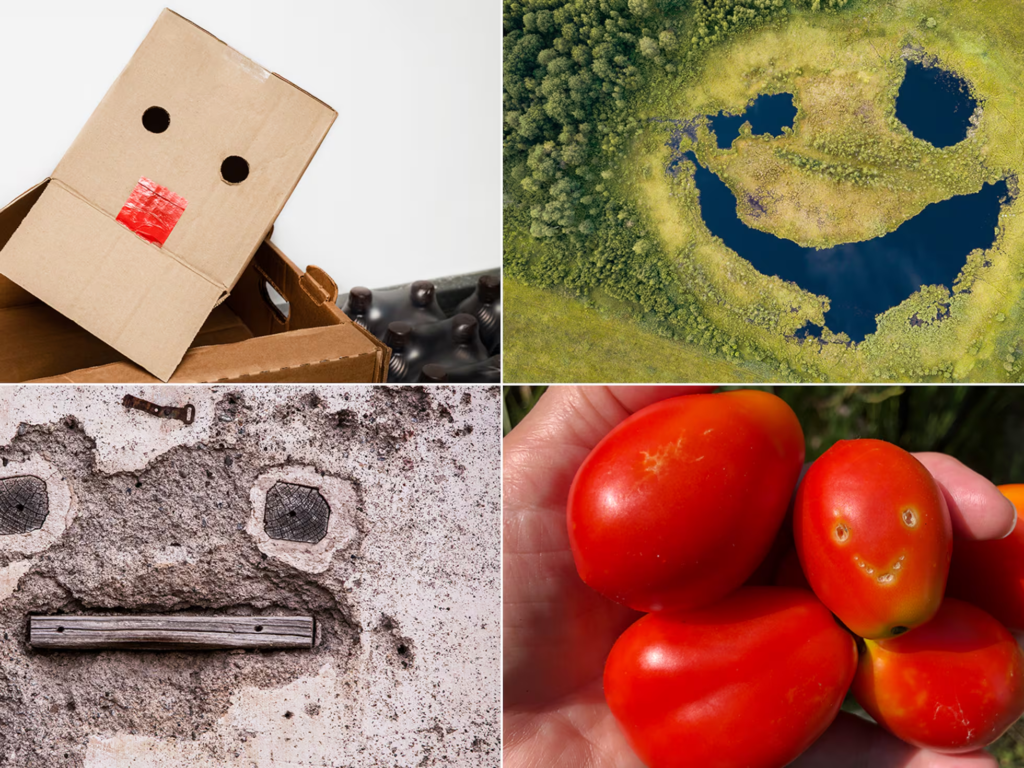
It is natural to see beauty in everyday things and art in unexpected moments.
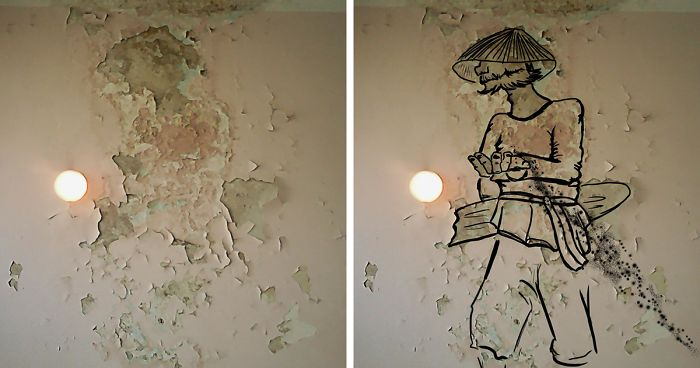
These observations remind us that there is beauty and mystery in the world around us, even if we don’t always immediately recognize it.

The next time you walk through a city or look up at the sky, notice the small details.

Perhaps you see shapes in spots on a wall, shadows cast by a building, or patterns in tree leaves.
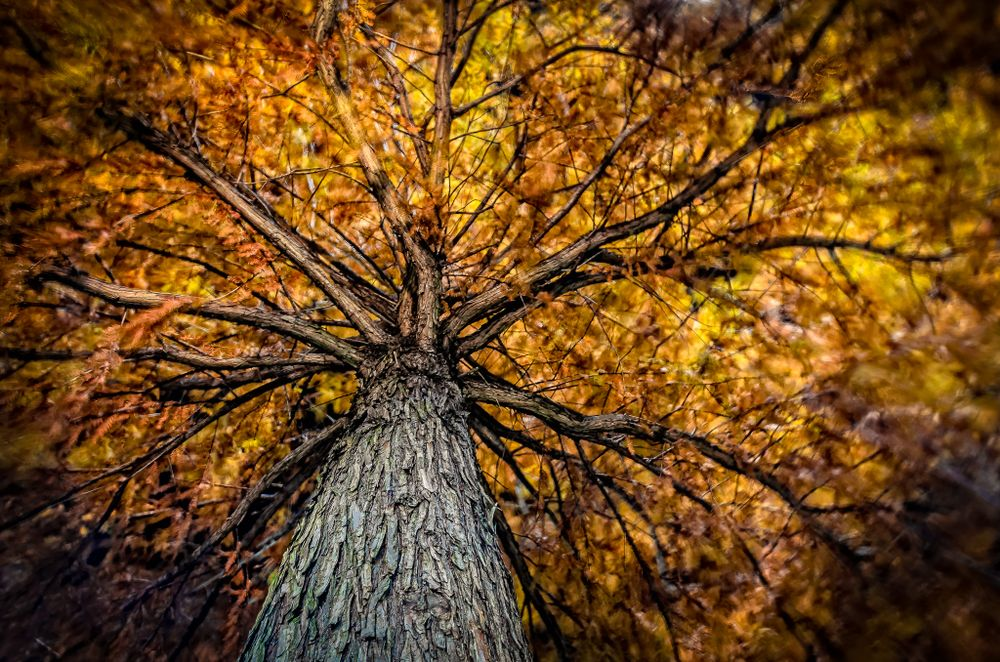
Pareidolia gives us the chance to see the world with fresh eyes, to look beyond the obvious, and to be surprised by the creativity of our own minds, allowing us to discover new perspectives and appreciate the beauty and complexity of the world around us in ways we never thought possible.
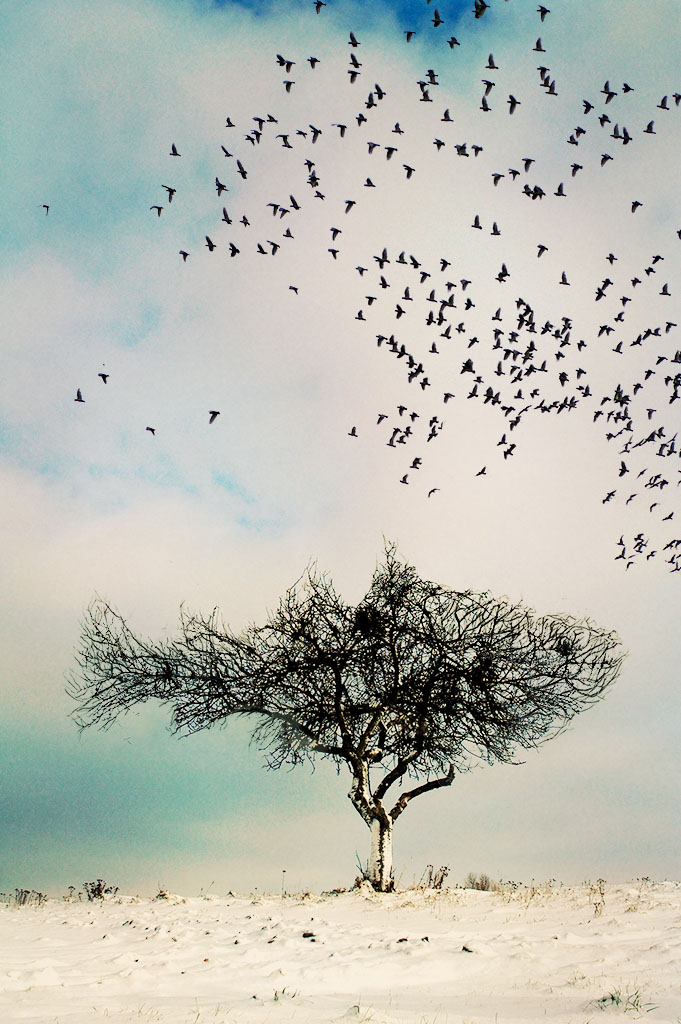
Most important points:
- Pareidolia is the natural phenomenon where our brains see meaning in arbitrary stimuli, such as faces and recognizable shapes.
- Evolutionary advantage: Recognizing faces is deeply ingrained in our evolution and essential for social interaction.
- Creative Inspiration: Artists use pareidolia as a source of creativity, challenging viewers to see beauty in everyday objects.
- “Pareidolia helps us discover the hidden beauty in everyday things, like a tiled floor or a cloudy sky, and reminds us to keep an open mind.”
SHARE NOW : What do you see: a couple dancing or a bowl of fruit?
